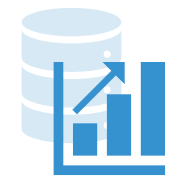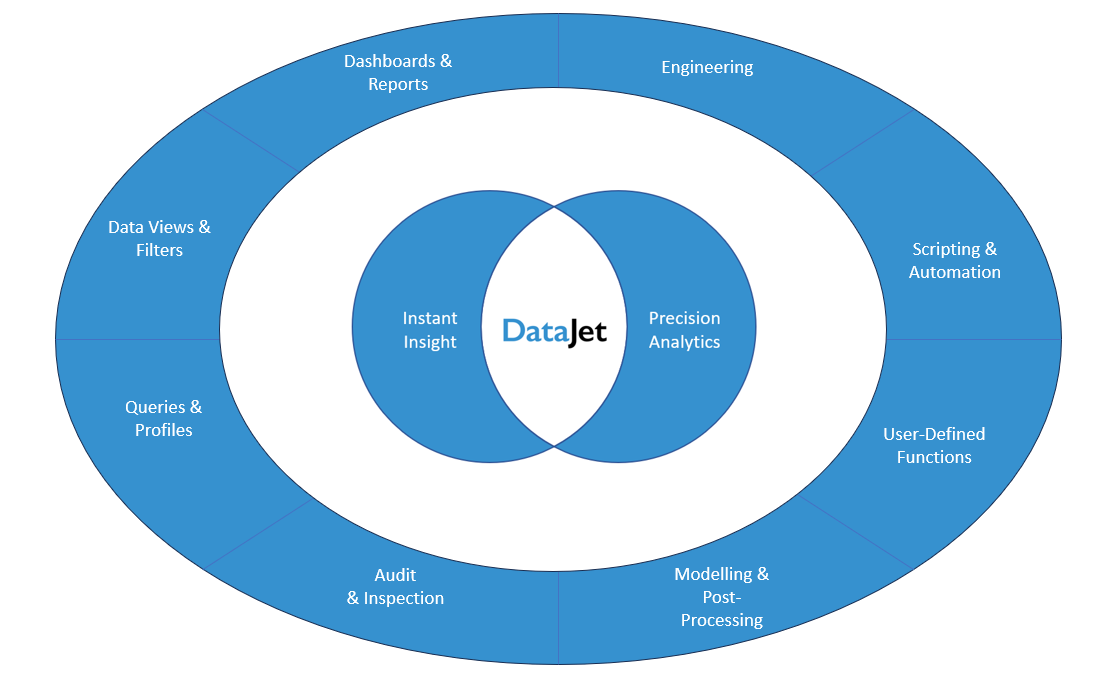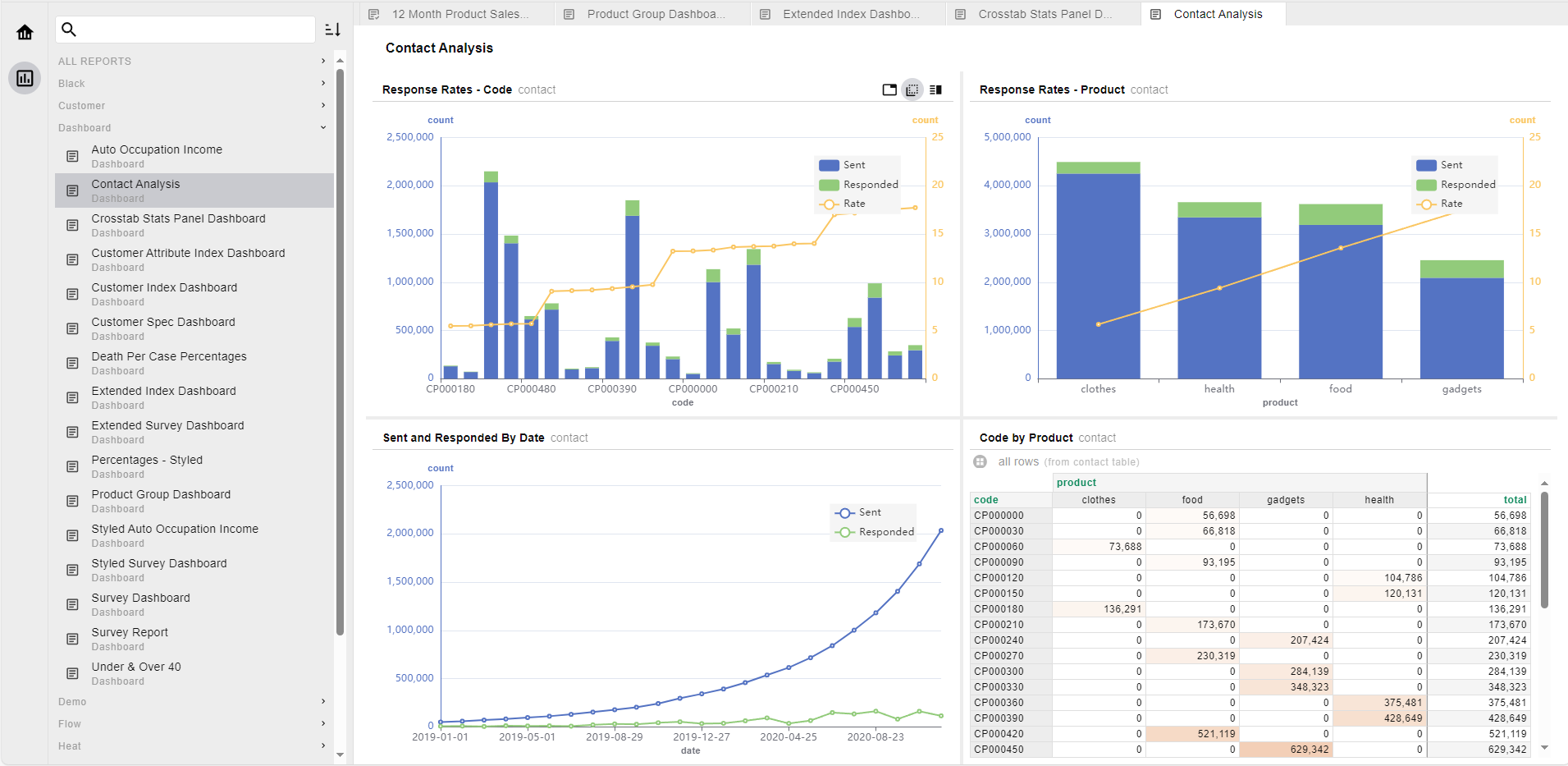The modern business environment increasingly relies on data-driven decision-making. However, it can be challenging for users to extract relevant insights. This is especially true once datasets start to include billions of rows and data points.

Designed to run on low cost, in-house hardware, DataJet allows users to get deeper into Big Data analytics without worrying about the cost of compute.
What makes DataJet different?
DataJet takes the techniques used on smaller (<1 million rows) datasets - no-code charts, ad-hoc aggregates, counts, filters, pivots, inspections and data-cleaning - and applies those same techniques across much larger (billion+) datasets.
Processing that can take hours, or even days - if it can be done at all - in other systems, can be executed in a fraction of the time. As a result, DataJet simplifies the process of basic data analysis and visualisation whilst providing sufficient power and flexibility to drill down into the kind of detail that might otherwise be out of scope. Utilising key features - such as drag and drop, noSQL queries, instant profiles, automatic repeatability and injected data - as well as highly customisable automated build and deployment tools - solutions can be easily developed that open up Big Data in new and exciting ways.

Instant Insight and Precision Analytics
DataJet provides a combination of Instant Insight and Precision Analytics:

- Instant Insight - As soon as data is loaded, visual profiling, querying and exploration can begin
- Precision Analytics - Extensive engineering, configuration and scripting capability allows for manipulation of data to answer specific questions
Explore Instant Insight and Precision Analytic capabilities further:
The DataJet Solution
{TODO: video - introduction to DataJet}
DataJet is composed of three components: Server, Desktop, and Web App. These components collaborate to transform data sources into cohesive, visually engaging and interactive insights.

- DataJet Server is a processing engine that uses ground-breaking techniques to give rapid answers on large (billion+) datasets.
- DataJet Desktop is a feature rich windows application that allows for engineering, transforming, modelling and analysis of data ready for reporting, visualisation and tracking.
- DataJet Web allows for easy distribution of interactive reports and dashboards that allow for deeper exploration of underlying data.
DataJet Desktop
DataJet Desktop gives users a single environment for end to end data processing. Its feature rich interface supports all parts of the data life-cycle, such as loading, engineering, modelling, analytics, reporting and automation:

DataJet Web
DataJet Web provides secure and interactive reporting and analytics over the web. Fully integrated with DataJet Desktop and working off the same data-store, it supports easy distribution and sharing of relevant insights across teams:
 DataJet Web App
DataJet Web App
Learn more about DataJet Web here {TODO}
DataJet Server
DataJet's power lies in its processing engine - DataJet Server - which has been designed from the ground-up to support Big Data analytics. DataJet Server implements hundreds of unique algorithms that allow techniques usually reserved for smaller datasets to be applied across very large databases.
Rapid loading and refreshing of data, as well as optimisations for engineering, profiling, ranking, aggregating and querying, mean that DataJet's Desktop and Web app can tackle analytics that are often prohibited by cost, time or availability of expertise.

Learn more about DataJet Server here {TODO}

.gif)